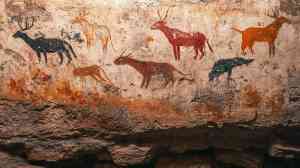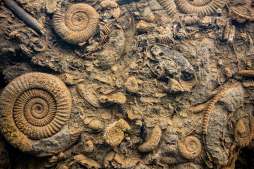The Role of Satellite Technology in Tracking Environmental Changes

Satellite technology has revolutionized the way we monitor our planet, providing critical data to track environmental changes such as habitat loss. This article explores how satellite monitoring plays a vital role in observing and mitigating the impacts of habitat destruction globally.
Understanding Habitat Loss
Habitat loss refers to the destruction or alteration of natural environments where wildlife live. It is primarily driven by human activities like deforestation, urban development, and agriculture expansion. Habitat loss threatens biodiversity and disrupts ecosystem services that support life on Earth.
How Satellite Monitoring Works
Satellites equipped with advanced sensors capture high-resolution images of Earth’s surface over time. These images allow scientists to detect changes in land cover, identify deforestation rates, and monitor urban sprawl remotely. By comparing satellite data across different periods, researchers can assess the extent and progression of habitat loss accurately.
Applications in Environmental Conservation
Satellite monitoring enables environmental organizations and governments to implement effective conservation strategies. For example, real-time data from satellites helps track illegal logging activities in protected forests or identify critical habitats at risk due to climate change. This information supports decision-making for sustainable land use planning and biodiversity protection.
Advantages Over Traditional Methods
Compared to ground surveys, satellite technology covers vast and often inaccessible regions quickly and cost-effectively. It provides consistent data regardless of weather or terrain challenges and allows long-term monitoring essential for understanding trends in habitat transformation.
Future Prospects of Satellite Monitoring
As satellite technologies advance with higher resolutions, improved sensors, and more frequent imaging capabilities, their role in managing environmental challenges will expand further. Integration with artificial intelligence also promises faster analysis for proactive conservation efforts worldwide.
In summary, satellite monitoring is an indispensable tool for tracking habitat loss and supporting environmental preservation initiatives globally. By leveraging this technology effectively, we can better understand ecological changes and foster sustainable practices that protect our planet’s precious habitats.
This text was generated using a large language model, and select text has been reviewed and moderated for purposes such as readability.











